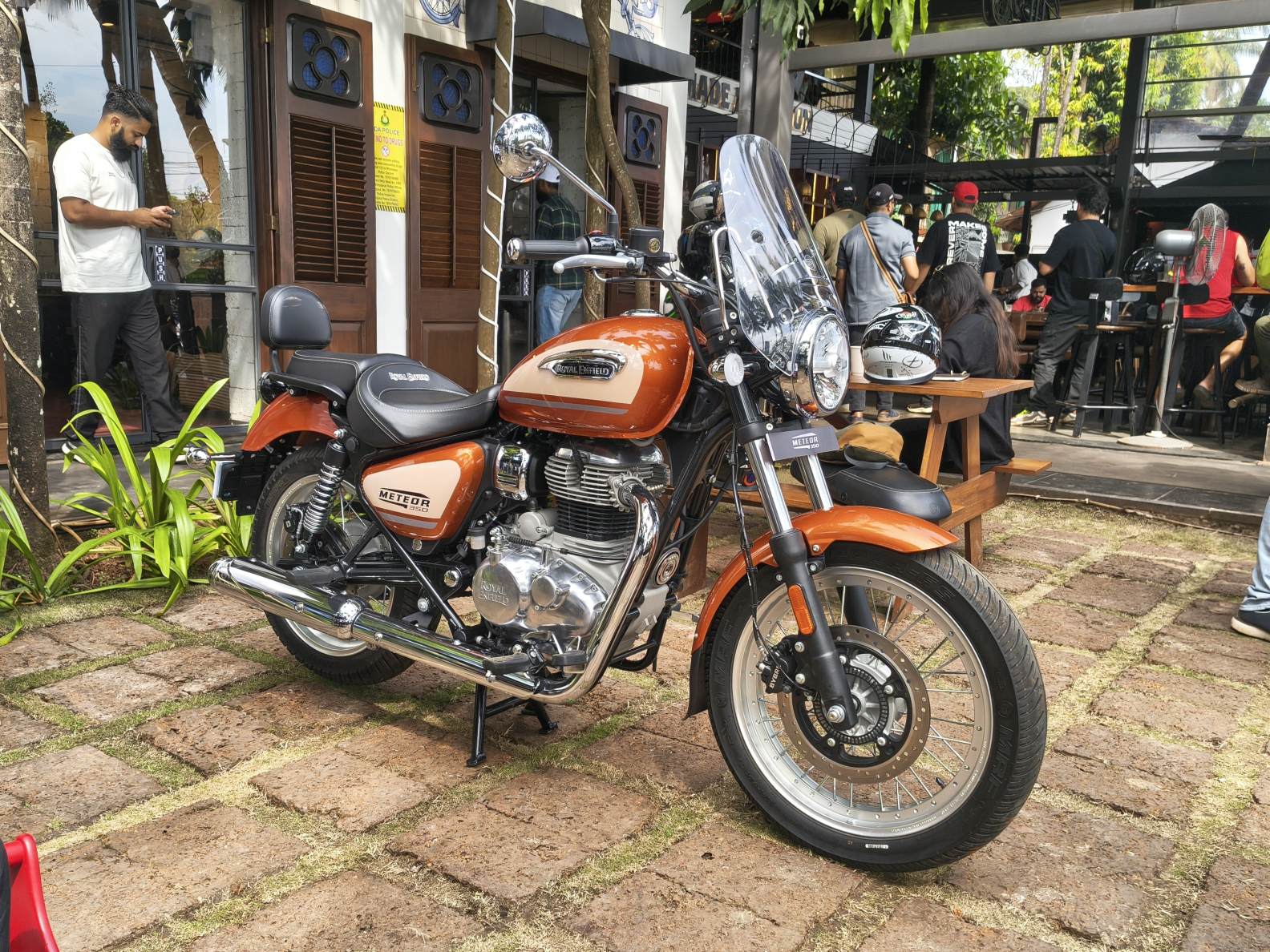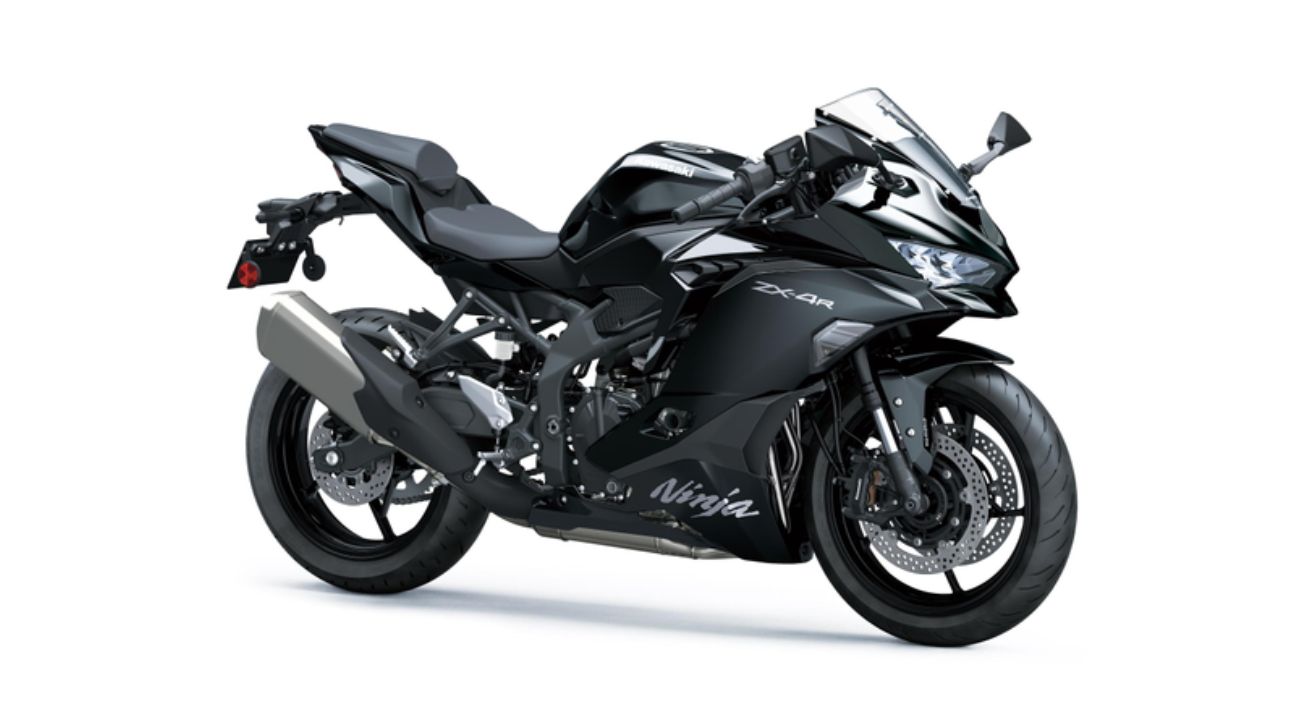Disclaimer: Data compiled from industry sources and manufacturer reports. While due care has been taken, minor variations may exist due to differing dispatch cycles.
The Indian two-wheeler market registered a strong performance in September 2025, bolstered by the twin tailwinds of festive season buying and the implementation of the revised GST 2.0 structure. With key categories such as commuter motorcycles and scooters seeing a notable pickup in volumes, total two-wheeler sales in the country rose by approximately 6.5 per cent year-on-year. This resurgence follows months of tepid demand and price sensitivity in the mass-market segment. The government’s GST revisions, announced in late August, slashed tax rates on motorcycles and scooters with engine capacities up to 350cc from 28 to 18 per cent, significantly improving affordability and sentiment among buyers, especially in the commuter and budget performance segments. September, typically a high-volume month due to the onset of the festive season and auspicious purchase days, saw two-wheeler manufacturers across the board scale up production and dispatch volumes in anticipation of strong retail demand during Navratri and Diwali.
Hero MotoCorp
At the top of the leaderboard, Hero MotoCorp reclaimed its position as the largest two-wheeler manufacturer in India for the month, clocking total dispatches of 6,87,220 units. This represents a solid 8 per cent year-on-year growth over the 6.37 lakh units it sold in September 2024. Hero's stronghold in the rural and semi-urban markets, where price sensitivity remains a dominant factor, allowed it to leverage the tax cut on sub-350cc motorcycles more effectively than most. The company’s flagship models such as the Splendor, HF Deluxe, and Passion performed strongly, and its export performance also touched a record high with 39,638 units, reflecting growing global demand from markets in Africa, South Asia, and Latin America.
Honda Motorcycle & Scooter India
Honda Motorcycle & Scooter India (HMSI), typically neck-and-neck with Hero, reported a marginal decline of 2.65 per cent year-on-year, selling 5,68,164 units as compared to 5,83,633 units in the same month last year. While Honda continues to dominate the scooter segment with its evergreen Activa range, the company seems to have lost some ground in the motorcycle space, particularly in the 110 – 125cc commuter segment where Hero and Bajaj have gained traction. Interestingly, Honda’s export figures held steady at 62,471 units, indicating continued international interest, but its domestic dispatches dipped to 5,05,693 units, down nearly 5.73 per cent year on year. The company is likely feeling the pressure from newer entrants in the electric and affordable performance segments and may need to reassess its domestic product strategy to stay competitive.
Bajaj Auto Ltd
Bajaj Auto had a commendable month, registering dispatches of 4,30,853 units, translating to an 8 per cent year-on-year increase. Bajaj continues to benefit from its broad portfolio that spans mass-market motorcycles like the Platina and CT100, mid-range offerings like the Pulsar series, and performance models like the Dominar. The company's international business remains a strong suit, with exports accounting for 1,57,665 units, while domestic volumes came in at 2,73,188 units. Bajaj's diversified footprint and dual-brand strategy with KTM and Triumph have further strengthened its premium segment presence, though the recently increased GST rate for motorcycles over 350cc may impact future sales of larger-capacity bikes.
Royal Enfield
One of the standout performers of the month was Royal Enfield, which recorded its highest-ever monthly sales at 1,24,328 units, representing an astonishing 43 per cent year-on-year growth. Compared to the 86,978 units sold in September 2024, this surge reflects a massive increase in consumer interest in lifestyle and mid-size motorcycles. Despite the GST increase on bikes over 350cc, Royal Enfield’s best-sellers – the Classic 350, Hunter 350, and Bullet 350 – remain within the lower tax bracket and are largely driving this growth. Domestic sales were recorded at 1,13,573 units, while exports stood at 10,755 units, indicating a balanced growth trajectory in both domestic and global markets. The recently launched new-generation Bullet 350 and the introduction of color variants across its range have helped stimulate further excitement around the brand.
Suzuki Motorcycle India
Suzuki Motorcycle India also achieved a record-breaking performance in September, with 1,23,550 units sold – a significant 25 per cent YoY increase from the 99,185 units it dispatched in the same month last year. The increase was driven primarily by domestic demand, with the Indian market accounting for 1,05,886 units, marking a 37 per cent growth in local sales. Interestingly, Suzuki saw a slight dip in its exports, with 17,664 units sent overseas. The Access 125 and Burgman Street continue to be key drivers in the scooter segment, while the Gixxer series maintains its appeal among urban youth looking for stylish and agile motorcycles.
TVS Motor Company
TVS Motor Company, though not publicly disclosing total figures across all outlets, reported robust domestic dispatches of 4,13,279 units, with a 12 per cent increase year-on-year. TVS continues to strengthen its position in both the ICE and electric two-wheeler segments. Products like the Apache RTR series and Jupiter scooter are mainstays, while the iQube electric scooter continues to gain traction in urban centers, supported by increased charging infrastructure and favorable state subsidies. While full export data wasn’t made available for the month, TVS remains a strong player in Latin America and ASEAN markets and has been expanding its global footprint steadily.
Players in the EV space
In the electric vehicle (EV) space, Ather Energy and Ola Electric continued their rivalry for market leadership. Ather reported monthly sales of 18,141 units, while Ola dispatched approximately 13,383 units, according to retail tracking data. Ather’s sales were buoyed by the rollout of its updated 450S and 450X models, while Ola’s S1 Pro and S1 Air continue to be popular among urban users. Despite strong momentum, EV two-wheeler sales remain under 5 per cent of the total two-wheeler market, but their consistent year-on-year growth signals a slow but certain shift toward electrification. Hero MotoCorp’s Vida and TVS’s iQube are also key contenders in this space, though their volumes lag behind pure-play EV startups for now.
Impact of the GST rate cut
Several trends stood out in September 2025. Firstly, the GST rate cut on sub-350cc two-wheelers proved to be a significant catalyst in reviving demand across commuter and premium commuter segments. This tax relief narrowed the gap between ICE models and electric alternatives, prompting budget-conscious buyers to opt for ICE motorcycles and scooters. Secondly, the festival season acted as a natural demand accelerator, with many consumers timing their purchases around auspicious days during Navratri and early Diwali offers. Thirdly, OEMs like Hero and Suzuki are capitalizing on rural market recovery, with increased focus on financing, dealer expansion, and rural marketing campaigns.
However, not all was smooth. The higher GST of 40 per cent on motorcycles above 350cc, which came into effect on September 22, could dampen the premium motorcycle segment. Brands like Harley-Davidson, Triumph, and even Royal Enfield’s 650cc lineup may see some buyer hesitation going forward due to the steeper tax burden. Moreover, rising raw material costs and fluctuating fuel prices continue to weigh on margins and retail sentiment, particularly in the scooter segment, where price-to-value ratios are closely scrutinized.
Conclusion
The Indian two-wheeler market showed signs of solid recovery in September 2025. Manufacturers that were well-prepared with refreshed product portfolios, festive season schemes, and agile supply chains reaped the rewards. The government’s GST 2.0 rationalization seems to have provided a much-needed boost to the industry, especially in the sub-350cc space. While challenges remain in the premium and electric categories, the broad direction is positive. Going into October and the peak Diwali season, the industry remains cautiously optimistic, with expectations of sustaining this momentum into the next quarter.

.png)



